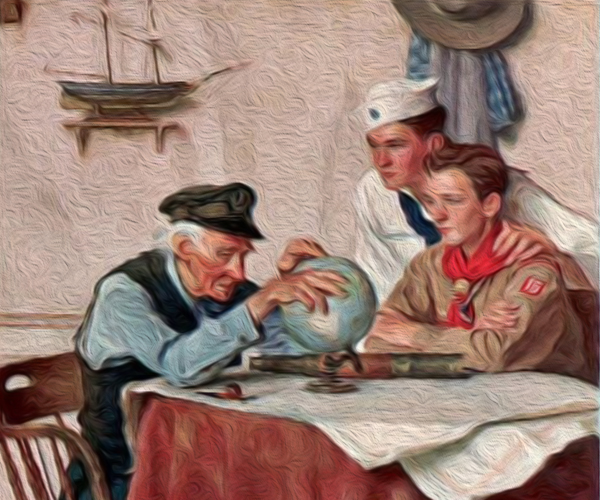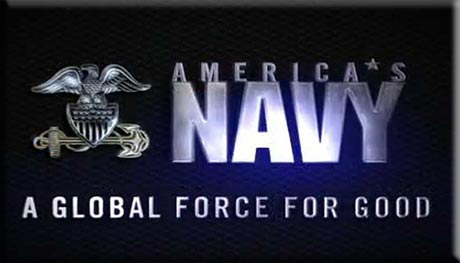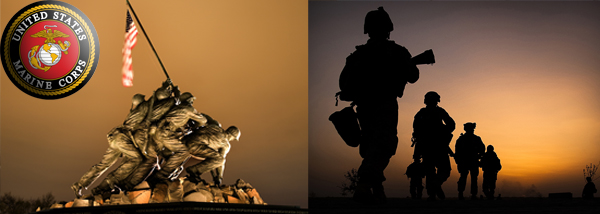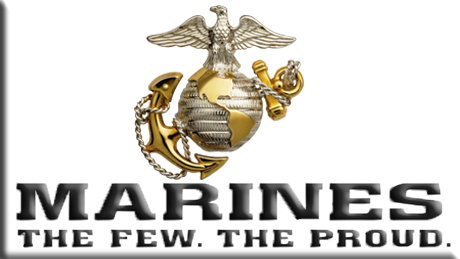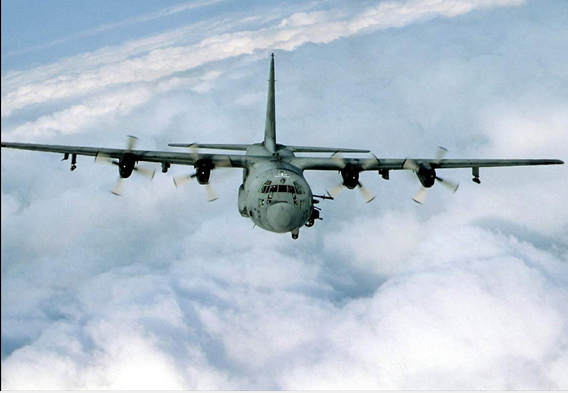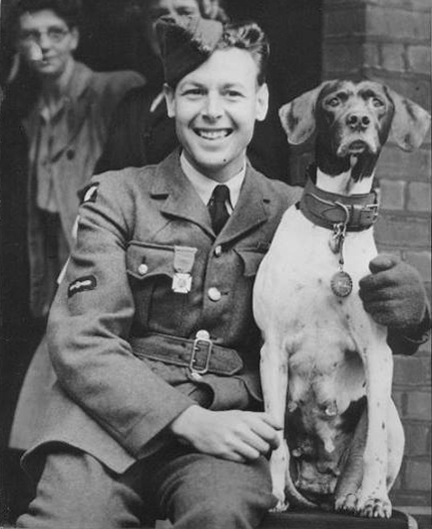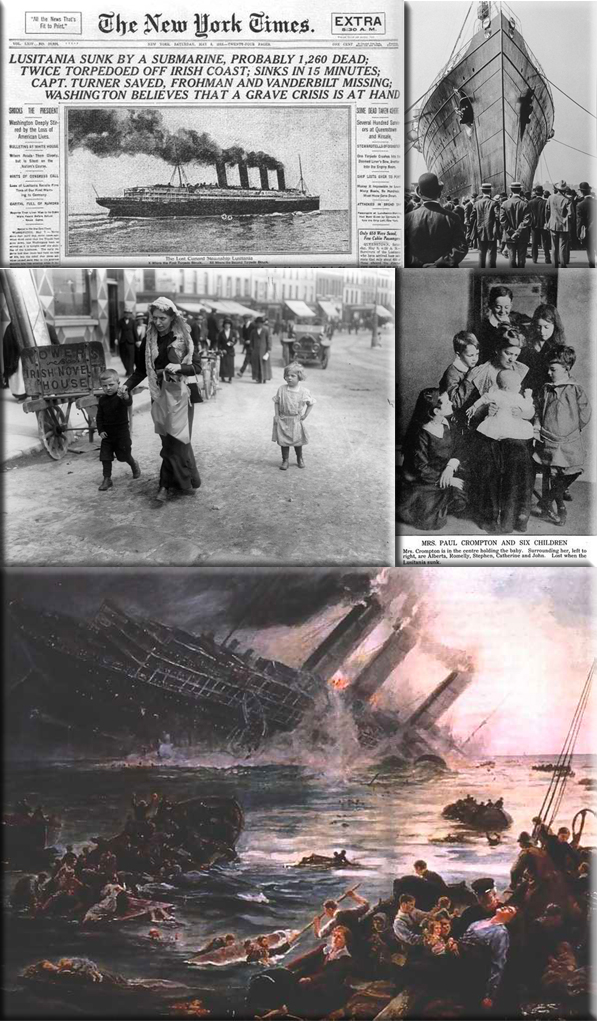
William Jennings Bryan resigns as U.S. secretary of state on June 09, 1915
William Jennings Bryan resigns as U.S. secretary of state: On June 9, 1915, United States Secretary of State William Jennings Bryan resigns due to his concerns over President Woodrow Wilson’s handling of the crisis generated by a German submarine’s sinking of the British cruiser Lusitania the previous month, in which 1,201 people including 128 Americans died.
Germany’s announcement in early 1915 that its navy was adopting a policy of unrestricted submarine warfare concerned many within the government and civilian population of the United States—which maintained a policy of strict neutrality during the first two years of World War I. The sinking of the Lusitania on May 7, 1915, caused an immediate uproar, as many believed Germany had sunk the British cruiser deliberately as a provocation to Wilson and the U.S.
Bryan, as secretary of state, sent a note to the German government from the Wilson administration, lauding the ties of friendship and diplomacy between the two nations and expressing the desire that they come to a clear and full understanding as to the grave situation which has resulted from the sinking of the Lusitania. When the German government responded by justifying their navy’s action on the basis that the Lusitania was carrying munitions (which it was, a small amount), Wilson himself penned a strongly worded note, insisting that the sinking had been an illegal action and demanding that Germany cease unrestricted submarine warfare against unarmed merchantmen.
Objecting to the strong position taken by Wilson in this second Lusitania note, and believing it could be taken as a precursor to a war declaration, Bryan tendered his resignation on June 9, 1915, rather than sign it. The note and two more similar ones were sent to Germany, which was persuaded to curb the submarine policy over the course of 1916 rather than risk further antagonizing the U.S.
Bryan’s resignation marked a significant turning point, as the Lusitania crisis had convinced his successor, Robert Lansing, that the U.S. could not remain neutral forever, and would indeed eventually have to enter the war against Germany. As it unfolded, Germany resumed its policy of unrestricted submarine warfare in February 1917; two months later, Wilson went before Congress to ask for a declaration of war.
History Channel / National Archives / Smithsonian / The Atlantic / BBC / Daily Mail / Wikipedia
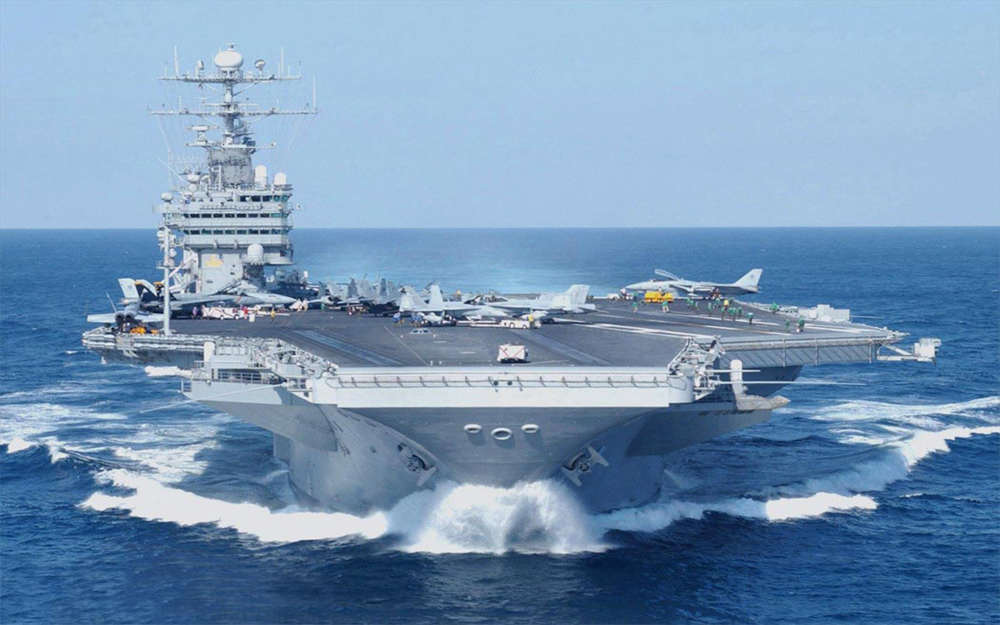
The Old Salt’s Corner
Typical Carrier Departments
Each department is further subdivided into divisions with personnel manning these divisions assigned to “Watches”, “Sections”, or both.
1. Administrative Department
The Administrative Department is responsible for maintaining all administrative data and paperwork necessary for the ship to function properly. These functions include data processing, as well as recreational, police, and postal services. This department is also responsible for operation of the ship’s Public Affairs Office as well as the onboard television and radio stations. This department typically handles personnel records, including visiting Naval Reserve personnel (see Module 1).
2. Air Department
The Air Department gives direct support to the embarked air wing. The Air Department is in charge of launching and landing aircraft, fueling, moving, and controlling fixed and variable wing aircraft. It is also responsible for the routine handling of aircraft on the flight deck and in the hangar bays. Note: Smaller vessels with embarked helicopter detachments should have some flavor of an Air Department, although it may be very small.
3. Aircraft Intermediate Maintenance Department (AIMD)
The AIMD provides industrial level maintenance for the air wing and the ship’s ground support equipment.
4. Chaplain Department
Onboard the carrier, the Chaplain Department is dedicated to promoting the spiritual, religious and personal morale of embarked military personnel. The Chaplain Corps extends this mission to all military personnel and their dependents. The Chaplain Department also coordinates all personal emergency communications from the American Red Cross, provides pastoral care and counseling, and directs operation of the ship’s library. Smaller vessels may not have their own chaplain, especially if they are deployed with a CVBG. In these cases, a chaplain will fly from the carrier via helicopter to conduct services.
5. Communications Department
The Communications Department sends and receives messages to and from other ships, aircraft and shore facilities via various sophisticated electronic equipment. Such equipment includes computers, satellites, cryptographic devices, and high power transmitters and receivers.
6. Deck Department
The Deck Department is charged with the most traditional of nautical responsibilities. Enlisted Boatswain’s Mates (BM) maintain the exterior of the ship’s surfaces, anchor and moor the ship, man the rescue and assistance lifeboats, and monitor underway replenishment. The BMs’ most prevalent (and audible) duty is the "piping away" of different events over the ship’s intercom. This department is headed by the ship’s First Lieutenant (a job title, not to be confused with the Army, Air Force or Marine Corps rank of O-2).
7. Dental Department
The Dental Department provides comprehensive dental care, encompassing simple preventative care through emergency services for all embarked personnel. Note: Only large ships, such as carriers and amphibious warfare ships, have embarked Dental Departments. This department, along with Medical and Supply, are known as support departments.
8. Engineering Department
The Engineering Department maintains the ship’s power plants providing steam for propulsion and aircraft launch catapults. It also provides all life support systems, fresh water, heating, air conditioning, ventilation, hot water, electrical power, telephone service, and maintains the ship’s sewage system. The ship’s Chief Engineer, or "Cheng", heads this department.
9. Maintenance Management Department
The Maintenance Management Department is responsible for the scheduling and coordination for all off-ship maintenance (i.e., repairs at shipyards or dry docks) and planned organic maintenance ship-wide.
10. Medical Department
The Medical Department is responsible for maintaining the health of the crew, the treatment of sick and injured ship’s personnel, disease prevention and the promotion of good health ship-wide. The head of this department must be an officer of the Navy Medical Corps (MC). Additionally, the Medical Officer also advises the ship’s CO on ship’s hygiene and sanitation conditions. Smaller ships may not have an embarked Medical Officer in which case Hospital Corps personnel run the department under the administrative auspices of the Operations Department (see below).
11. Navigation Department
The enlisted navigation Quarter Masters (QMs) and the ship’s navigator brief the Commanding Officer and the Officer-of-the Deck (OOD) on the position of the ship, the direction of travel and the safest sea lanes to traverse. Computations are made using celestial navigation, electronic machinery and visual reports. The Navigation Department is also responsible for executing all military traditions, customs and honors onboard ship.
12. Operations Department
The Operations Department is responsible for collecting, cataloging, analyzing and distributing combat information vital to the accomplishment of the ship’s offensive and defensive missions. Heading this very important department is the ship’s Operations Officer, or “Ops”. This individual is one of the busiest persons on the ship. Intelligence, photographic intelligence, local air traffic control, and missile system maintenance are types of services provided by this department. The ship’s intelligence officer and the CVIC spaces fall under this department on a carrier. On other ships, 3905 enlisted Intelligence Specialists and/or collateral duty intelligence officers fall under the Operations Department. As a reserve intelligence officer (1635) or enlisted Intelligence Specialist, you most likely will be assigned to this department during your AT-at-Sea. The Operations Department will be discussed in more detail in the next module.
13. Safety Department
The Safety Department is responsible for ongoing training and education programs, equipment dangers, procedural hazards, and accident prevention. It is found only on aircraft carriers. As mentioned earlier, a ship can be an extremely dangerous place to work (see Module 1). While onboard, constantly be aware of maintaining posted safety regulations and procedures.
14. Supply Department
The Supply Department is responsible for feeding and paying the ship’s crew, including the running of ship’s wardroom(s) and messing spaces. This department holds responsibility for the laundry and dry cleaning services, stores, barbershops, and recreation services. This department also stocks spare parts for underway ship and/or aircraft repairs. Heading this department is the ship’s Supply Officer, or “Suppo”, a member of the Navy Supply Corps (SC). The Supply Officer may have assistants for disbursing, food service, ship’s store, or wardroom mess.
15. Training Department
The Training Department is responsible for the continued coordination of enlisted advancement exams, reenlistments and coordination of special schools. Training also handles general damage control and 3M training.
16. Weapons Department
The Weapons Department maintains and operates the ship’s various weapons systems. Personnel of the Weapons Department also assemble, test and maintain bombs, missiles, torpedoes and small weapons ammunition. On smaller ships, this department might fall under the administrative auspices of the Deck Department (see above).


